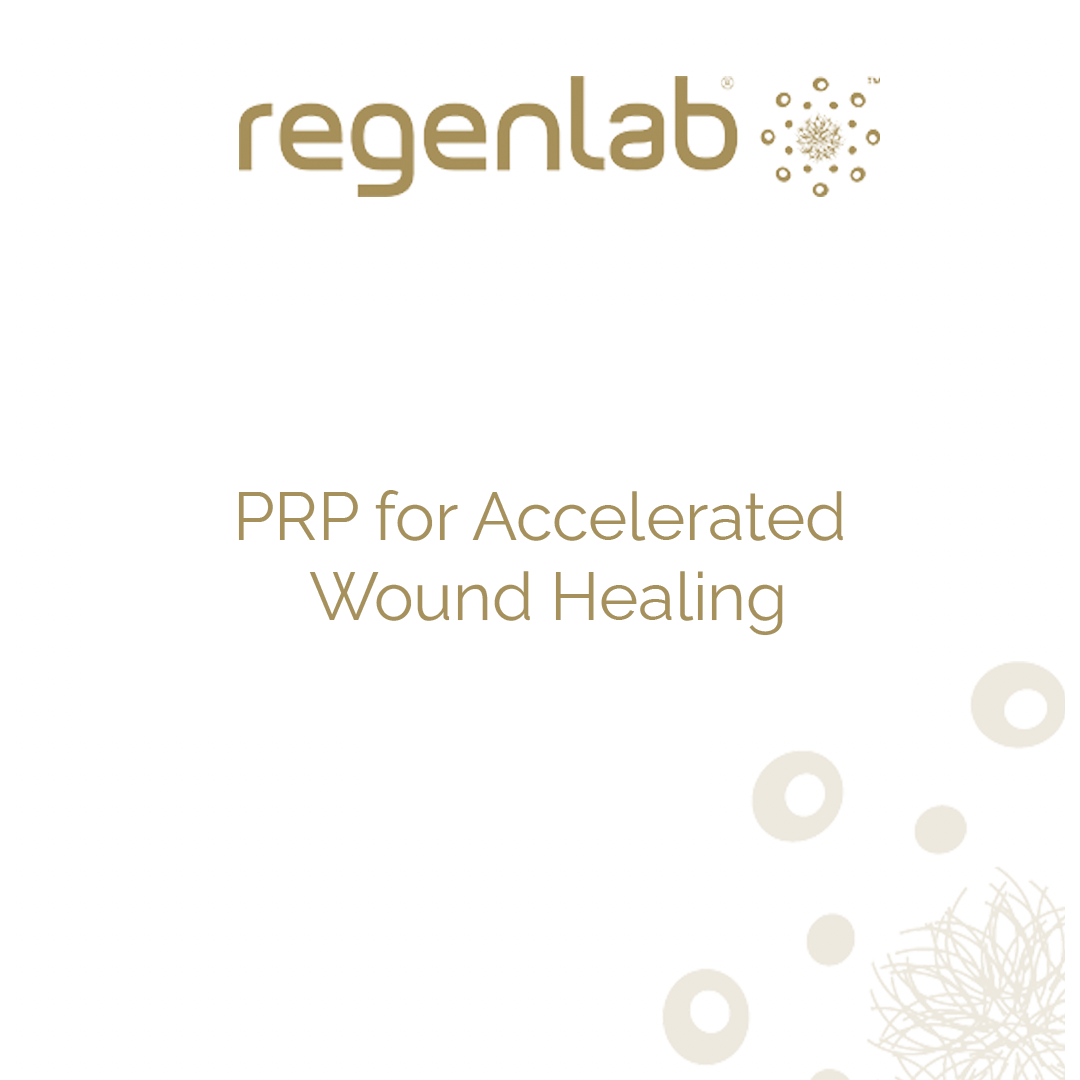In the realm of medical advancements, Platelet-Rich Plasma (PRP) therapy has risen as a star player in accelerating the healing process of wounds. But how good is PRP really for this purpose? And what makes it a promising solution for chronic wounds? Delve into the science behind PRP and uncover its potential benefits for those seeking efficient recovery from wounds that resist conventional healing.
The human body is an intricate orchestra of cells, tissues, and biological processes. When injury strikes, the body’s natural response mechanisms are set into motion to restore damage. Central to these repair mechanisms are our blood’s platelets, which not only assist in clotting to stop bleeding but also contain a power-packed arsenal of growth factors vital for healing. PRP harnesses this potential by concentrating platelets from a patient’s own blood and applying the resultant PRP mixture directly to the site of a wound.
Understanding PRP and Its Role in Wound Healing
PRP is prepared by taking a small sample of the patient’s blood within a specialist medical device. A centrifuge is then used to spin the whole blood, allowing separation of the red blood cells from the platelets and plasma, resulting in a solution rich in platelets. The higher platelet concentration in PRP, without the red blood cell, allows more growth factors to be released in a concentrated area. This provides an enhanced stimulus for tissue recovery. PRP can be modified with autologous Thrombin, to provide quicker wound coverage by means of a PRF gel.
Wound healing is a complex process that involves three phases: inflammation, proliferation, and remodelling. The growth factors in PRP are thought to amplify and expedite each phase, from reducing inflammation to encouraging the growth of new blood vessels and promoting the synthesis of the extracellular matrix that supports cell function and structure.
PRP’s Impact on Chronic Wounds
The traditional path for chronic wound treatment can be lengthy and costly, with outcomes that are not always favourable. Chronic wounds, such as diabetic ulcers, pressure sores, and non-healing surgical wounds, often indicate an underlying issue impeding the body’s healing response. PRP emerges as a potential game-changer in such scenarios, offering a concentrated surge of autologous growth factors to bolster the body’s own healing ability and foster a more robust treatment response.
Clinical studies have shown PRP to be effective in improving healing rates for a variety of chronic wounds, potentially reducing the need for more aggressive interventions like skin grafts or amputation. While more research is warranted for comprehensive endorsement, the current findings underscore PRP‘s promise in reshaping wound care paradigms.
In conclusion, PRP therapy represents an exciting frontier in medical technology, offering a biologic approach that augments the body’s innate ability to heal. Its application in wound care, particularly for chronic wounds, presents a compelling case for a more efficient and cost-effective treatment modality. However, as with all medical treatments, it’s crucial to consult with a qualified healthcare professional to determine the most appropriate course of action for individual cases.
Looking for PRP Supplier?
RegenLab offers a range of PRP kits and products for your clinic.
Are you a medical professional looking for PRP kits for your clinic?
If you’re looking for PRP kits, or a PRP Supplier, Please visit RegenLab’s official website.
Request Info
If you’re looking for PRP kits or PRP products. Please CLICK HERE to view RegenLab’s products, alternatively, please use our contact form to request more information.

